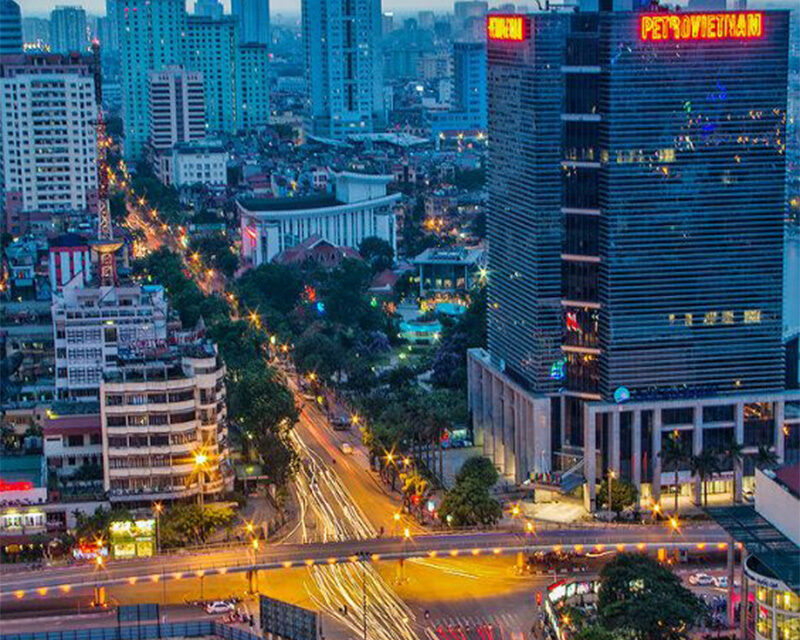Rapid urbanization in the 21st century presents both opportunities and challenges for cities around the world. As populations grow, the demand for efficient, sustainable, and technologically advanced urban environments continues to rise. The key to meeting these demands lies in engineering innovation—integrating smart technology, environmentally friendly solutions, and futuristic design to redefine how cities operate and serve their residents.
Smart Cities: The Intersection of Technology and Urban Life
The emergence of smart cities is one of the most significant developments in urban transformation. These cities leverage cutting-edge technologies, including the Internet of Things (IoT), artificial intelligence (AI), and big data analytics, to enhance urban life. Intelligent traffic management systems, smart lighting, and connected public services are just a few examples of how technology is making cities more efficient and responsive to citizens’ needs.
For example, AI-powered traffic systems can analyze real-time data to reduce congestion, cut travel time, and reduce carbon emissions. Similarly, smart power grids improve power distribution, reduce waste, and promote the use of renewable energy sources. These innovations not only improve urban functions, but also contribute to sustainability and economic growth.
Sustainable Architecture: Building for the Future
Urban development must balance technological advancement with environmental responsibility. Sustainable architecture plays a critical role in ensuring that modern cities remain livable for generations to come. The use of green building materials, energy-efficient designs, and environmentally friendly construction methods helps reduce the environmental footprint of urban expansion.
For example, vertical gardens and green roofs have become essential components of urban architecture, providing natural insulation, improving air quality, and reducing urban heat islands. In addition, sustainable water management systems, such as rainwater harvesting and wastewater recycling, help cities conserve valuable resources while reducing reliance on conventional water supplies.
Smart Mobility Solutions: Enhancing Urban Connectivity
Transportation is a cornerstone of urban transformation. Mobility innovations, such as electric vehicles, autonomous transportation, and shared mobility services, are revolutionizing how people move around cities. The integration of smart public transportation networks enables seamless connectivity, reducing reliance on private vehicles and lowering overall emissions.
Cities around the world are investing in infrastructure to support the adoption of electric vehicles, including widespread charging stations and incentives for electric vehicle ownership. Meanwhile, autonomous vehicles promise safer and more efficient transportation systems that adapt to traffic patterns and reduce human error.
Human-centric approach: Prioritizing livability
While technology and sustainability are key drivers of urban transformation, the ultimate goal is to improve quality of life. A human-centric approach ensures that cities remain inclusive, accessible, and designed with the well-being of residents in mind.
Urban spaces that prioritize walkability, green spaces, and recreational facilities contribute to healthier lifestyles and stronger communities. Smart city initiatives also promote digital inclusion, ensuring that all citizens benefit from technological advances, regardless of socioeconomic status.
Conclusion: Shaping the cities of tomorrow
The future of urban development depends on the seamless integration of engineering innovation, sustainability, and human-centric design. By leveraging smart technologies, embracing sustainable practices, and prioritizing livability, cities can evolve into more efficient, green, and inclusive spaces.
At Conser, we are committed to delivering pioneering solutions that redefine urban landscapes. Through intelligent design, advanced engineering and sustainable development, we are shaping the cities of tomorrow – creating environments that are not only smarter, but more resilient, connected and designed to improve the lives of generations to come.






